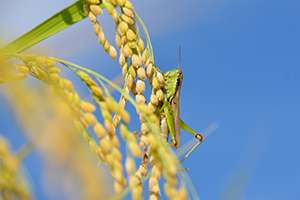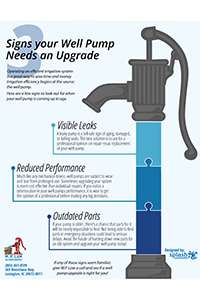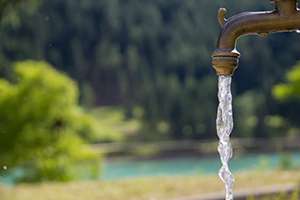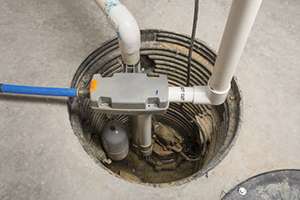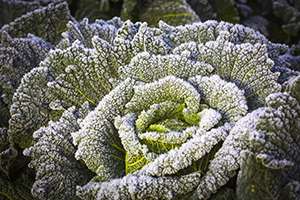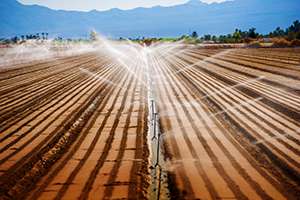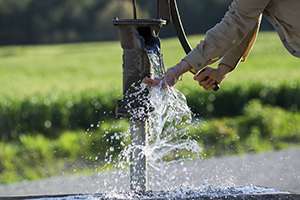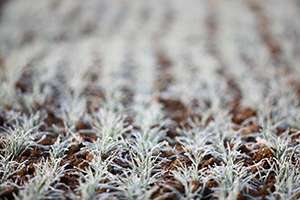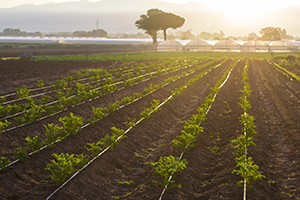
Irrigation is essential for crop or garden growth, but if performed incorrectly, it does more harm than good. Thus make sure to avoid common irrigation blunders, such as:
One of the most common drip irrigation mistakes is to use one emitter per plant. Though not necessarily a problem for small plants, this can be fatal to large ones. Not only do multiple emitters provide more water, but they ensure that if one emitter gets clogged, the others will still work.
Incomplete Coverage
Home and business owners looking to save money on rotor or spray irrigation may try to space the nozzles as far apart as possible, but this will create dry gaps. Instead, space the sprinkler heads at 50% of their diameter of throw. This spacing gives you head to head coverage insuring that you eliminate those dry spots.
Pressure Problems
Make sure that the water pressure is high enough for your system to work effectively. Although most irrigation systems can work with pressure as low as 20 PSI, the sprinkler heads will be operating at their minimum acceptable performance. Keep the pressure above the minimum level so that the system can work under all conditions.
Timing Troubles
Running your irrigation system during the day causes the water to evaporate before it soaks in, while nighttime irrigation encourages the growth of mold. Instead, run it during early dawn.
Contact W. P. Law today to learn more about irrigation and other water maintenance topics in South Carolina.



